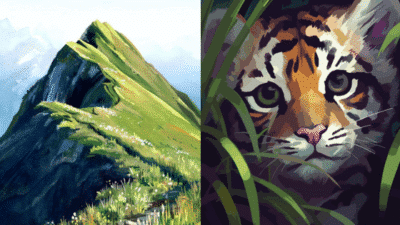Travel art journals offer a unique way to capture the sights and feelings of a trip beyond just words or photos. They combine drawing, painting, writing, and collecting small items to create a personal record of your adventures. This makes memories more vivid and fun to look back on.
People can use simple tools like pens, watercolors, and glue to add sketches, notes, and souvenirs to their journals. It’s a creative way to slow down and notice small moments that might be missed in a busy trip. Whether someone loves art or just wants a new way to remember their travels, a travel art journal can be a great companion.
Getting Started With Your Travel Art Journal
Starting a travel art journal means picking the right journal, gathering useful art supplies, and deciding how to express creativity. These steps help make the journaling process smooth and enjoyable.
Choosing the Right Journal
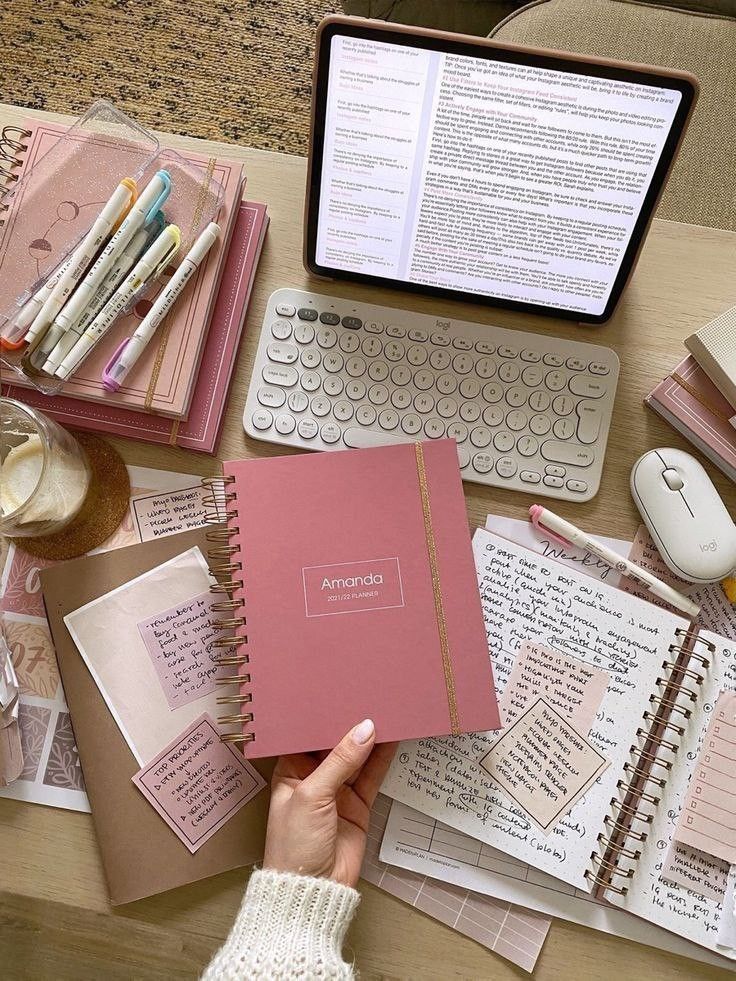
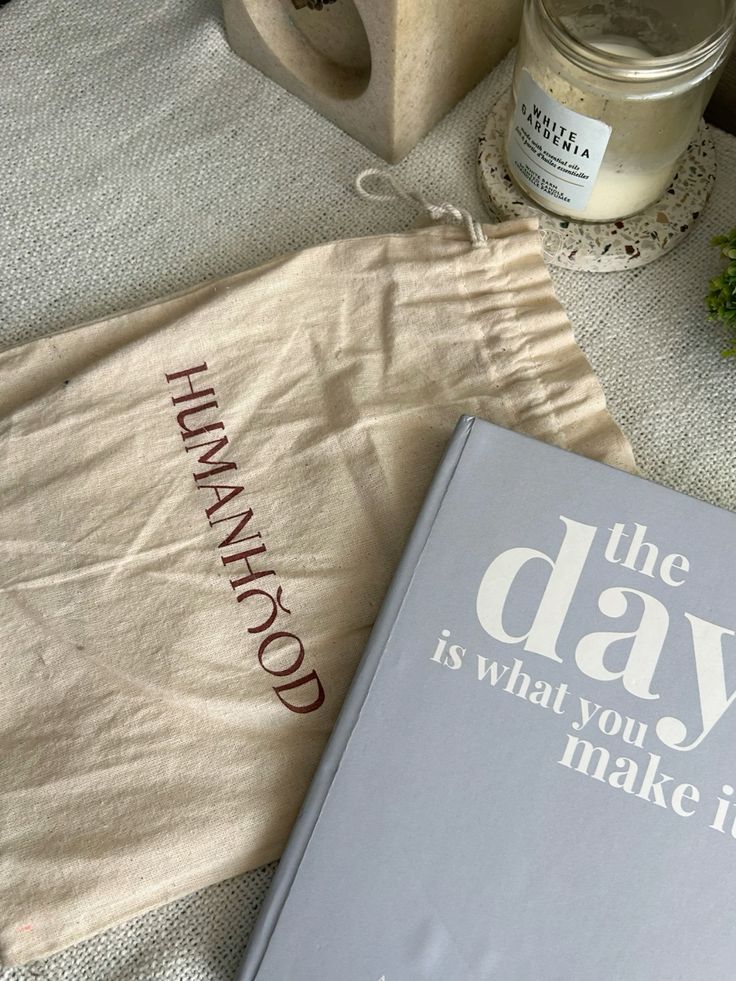
Choosing the right journal sets the foundation. It should be portable but big enough for drawings and notes.
Look for:
- Paper thickness: At least 140 gsm if using paints or markers to avoid bleeding.
- Binding: A spiral binding lies flat, making it easier to draw.
- Size: A5 or smaller fits well in backpacks without being heavy.
- Cover durability: Hardcovers protect pages during travel.
Some prefer blank pages for freedom, while others like grids or dots for structure. The choice depends on how much drawing or writing they plan to do.
Essential Art Supplies for Travel Journaling
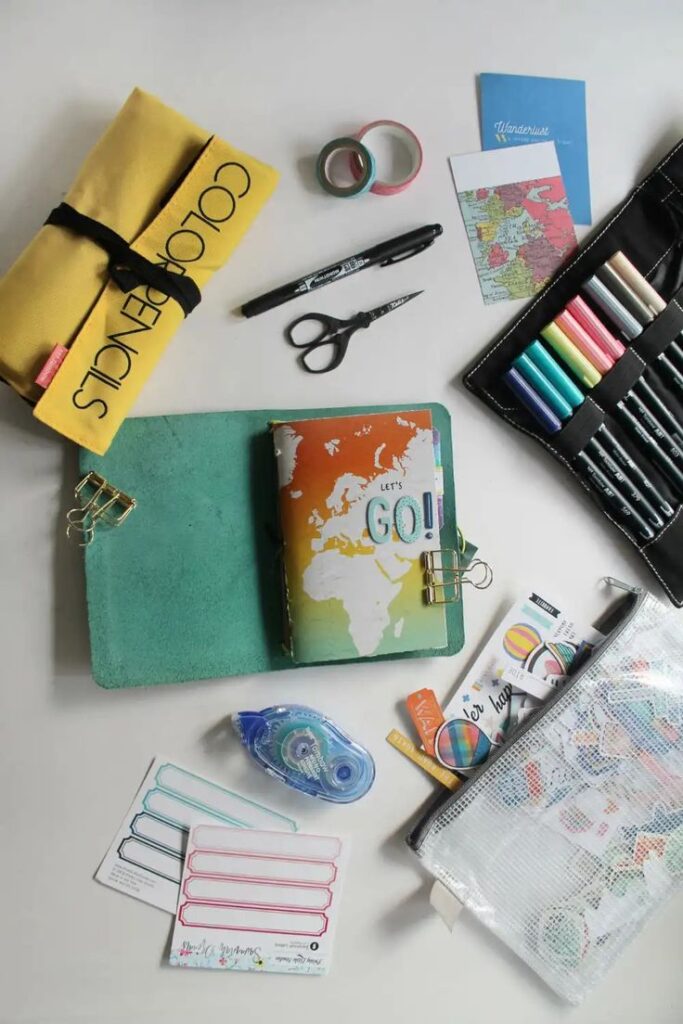
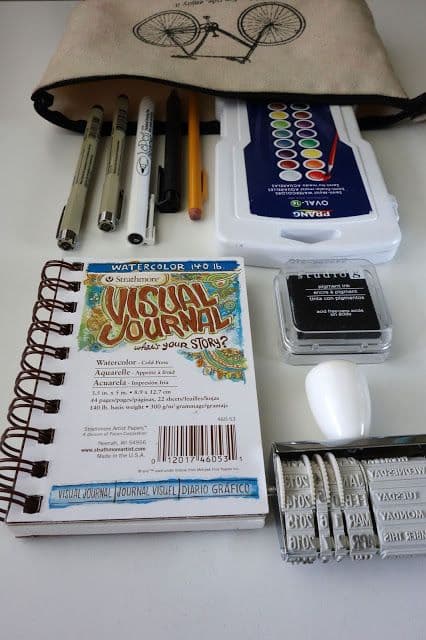
Packing the right supplies keeps creativity flowing without extra baggage. Light, versatile items work best.
Essentials include:
- Watercolor pencils: Easy to pack and add color with a brush.
- Compact brushes: Travel-sized for convenience.
- Micron pens or fine liners: For quick sketches and details.
- Glue stick: To add tickets, photos, or small mementos.
- Gel pens or colored pencils: For writing or coloring without mess.
- Small eraser and sharpener: To keep tools ready.
Keeping a small pouch for all supplies helps stay organized and ready to journal anytime.
Setting Your Creative Intentions
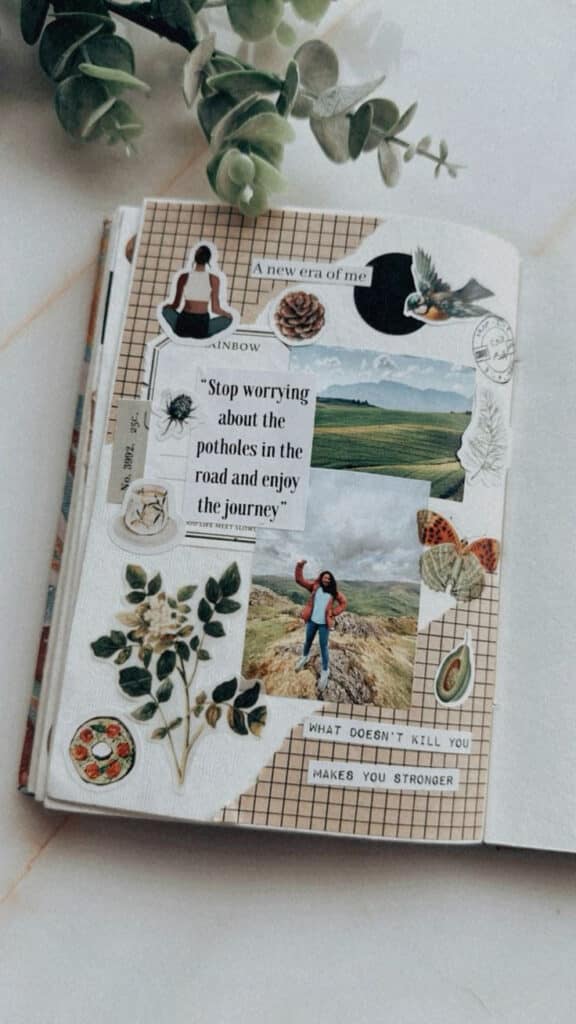
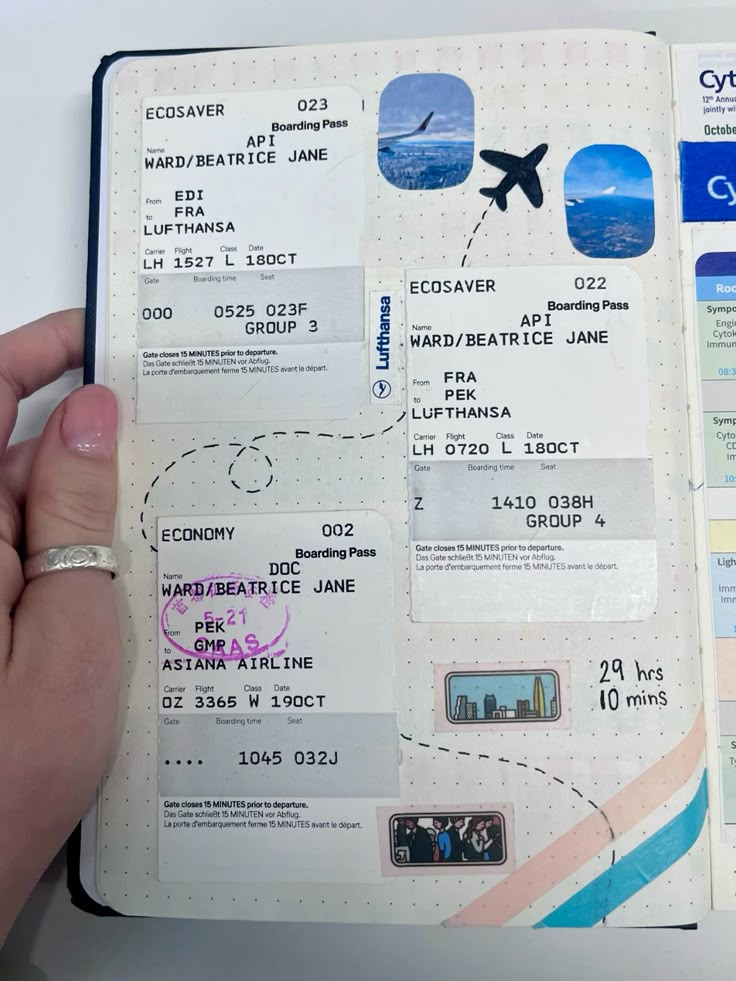
Knowing what to focus on guides the journal’s style and content.
They might decide to:
- Sketch landscapes or people seen during trips.
- Use the journal for writing short reflections alongside art.
- Include collages of souvenirs like tickets and brochures.
- Try mixing media such as watercolors with ink or pencil.
Setting goals like daily sketches or capturing specific moments helps keep the journal active. It also encourages experimentation as they travel.
Creative Page Layout Ideas
A travel art journal can be more exciting with different ways to arrange sketches, colors, and materials. This approach makes each page unique and helps the traveler capture moments creatively. Using simple but effective tools and techniques, anyone can create eye-catching layouts that tell a story.
Daily Sketch Pages
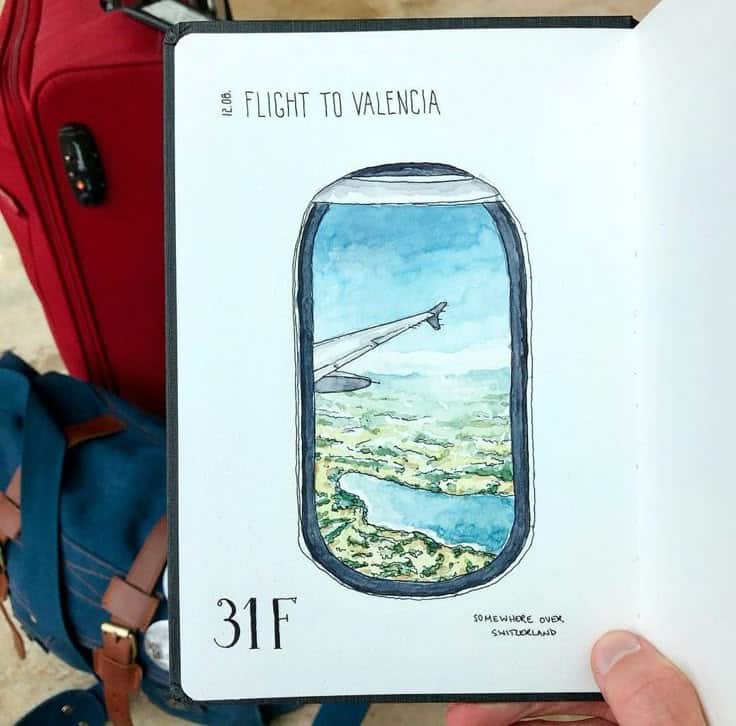
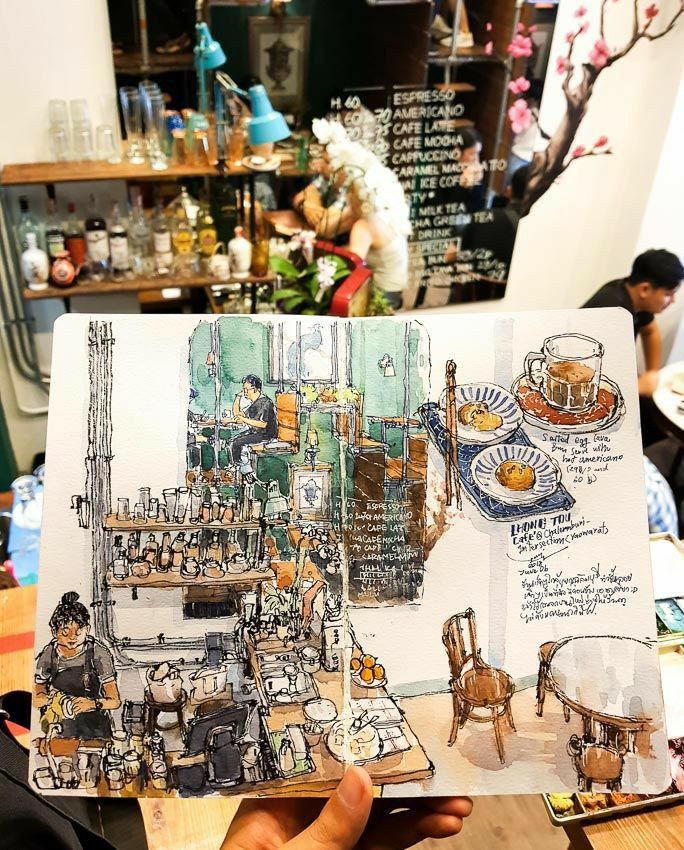
Daily sketch pages focus on quick drawings of the day’s experiences. This could include scenes, objects, or people encountered during travel. The key is to keep sketches simple and spontaneous to capture raw feelings.
Using a grid layout works well. Each box can hold a small sketch, a short note, or a date. This keeps the journal neat and easy to follow. For variety, travelers can add small doodles or symbols next to sketches for quick storytelling.
A plain or light-colored page background works best so sketches stand out. Pens, pencils, and fine liners are popular tools for this style. This layout helps people remember details that photos might miss.
Collage and Mixed Media Techniques
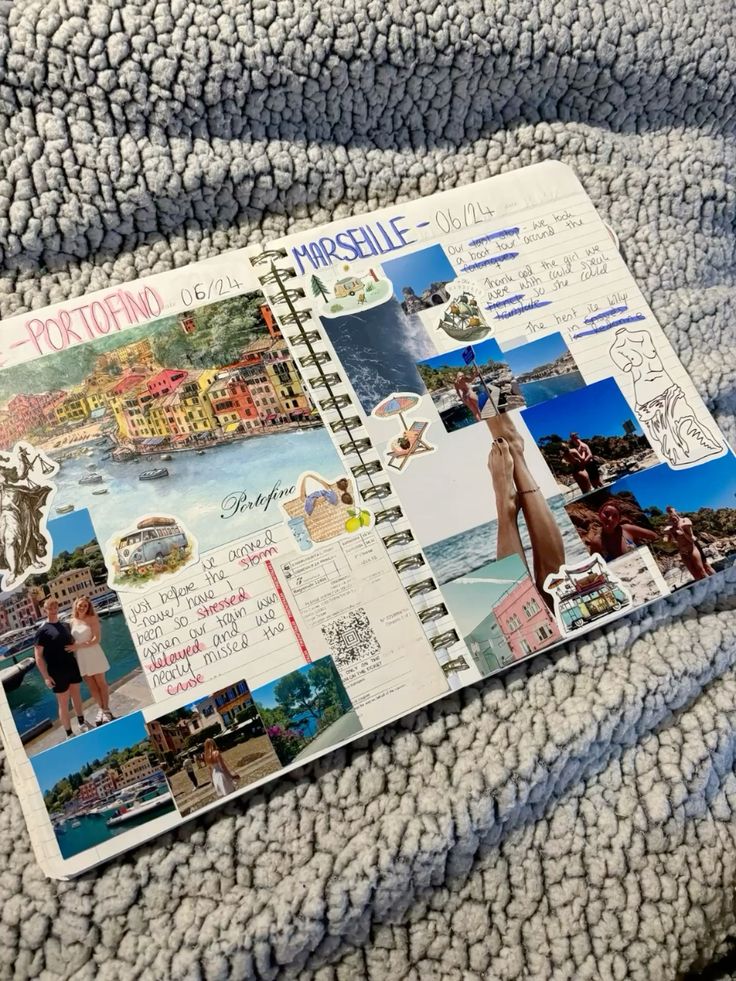
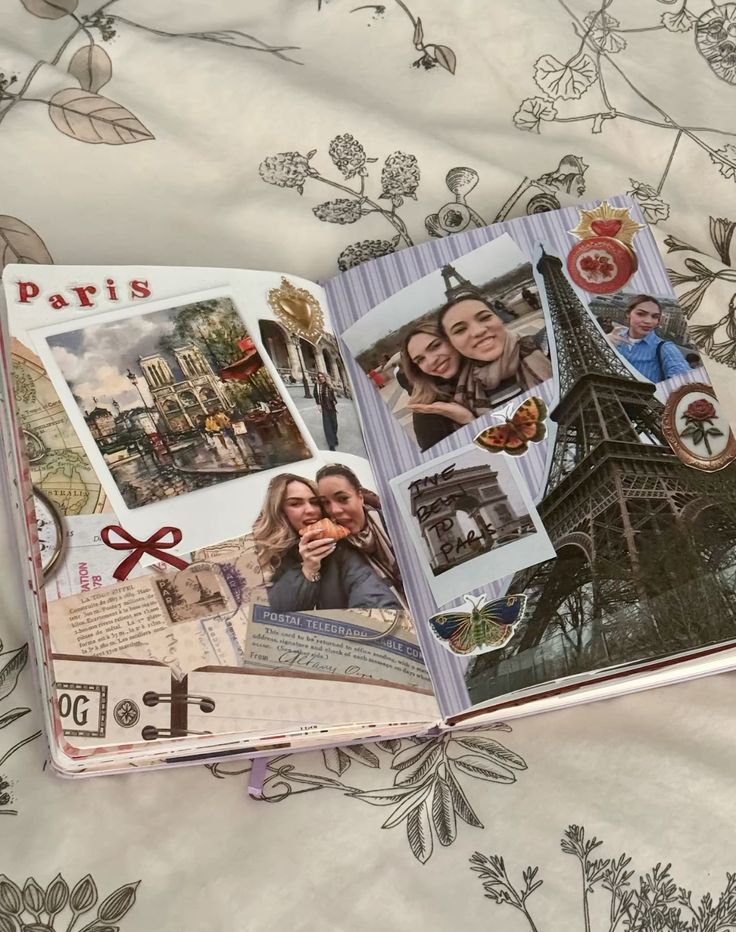
Collage layouts combine photos, ticket stubs, maps, and other souvenirs with sketches or writing. Mixed media brings texture and depth by adding different materials such as fabric, washi tape, or pressed flowers.
To start, travelers pick a theme for the page, like a city or activity. Then, they arrange items in layers, using glue or tape to fix everything in place. It’s important to balance empty and filled spaces to avoid overcrowding.
Adding handwritten labels or short captions enhances meaning without crowding the page. This technique creates a visual diary that feels tactile and personal, making the memories more vivid.
Watercolor Wash Backgrounds
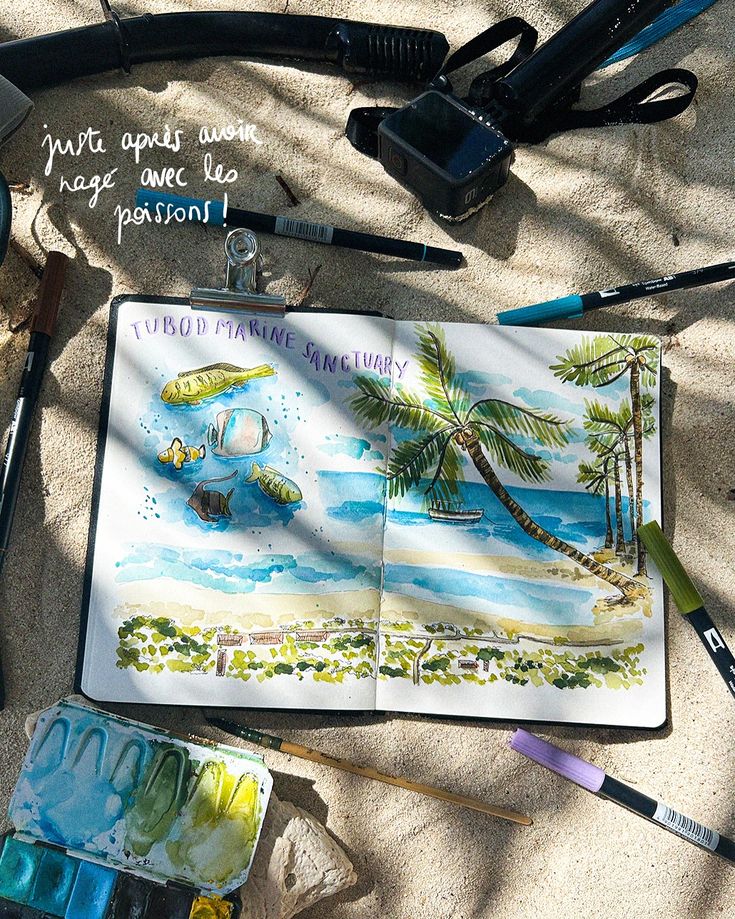
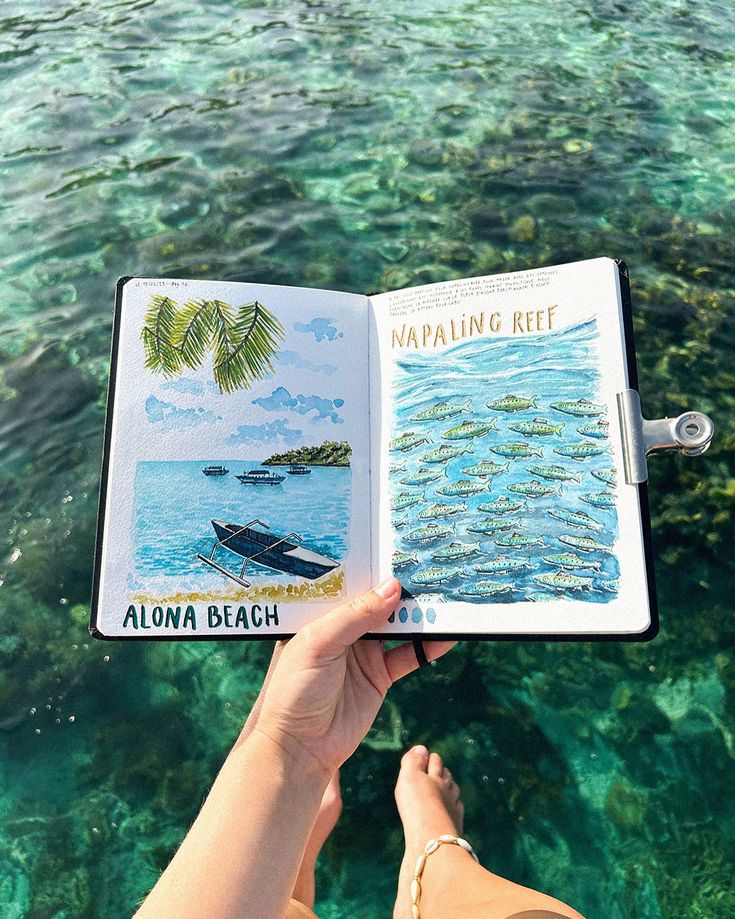
Watercolor washes add color and mood to a journal page without overwhelming the content. Travelers can apply soft gradients or simple shapes as a backdrop for sketches and notes.
Starting with a light wash of one or two colors sets a calm tone. Once dry, sketches or text can be layered on top. Watercolors allow for blending, so travelers can reflect weather or feelings, like a bright blue for a sunny day or gray for a rainy one.
Using watercolor paper or thicker pages helps prevent warping from the moisture. This method gives each page a fresh, artistic feel while keeping the focus on the drawn elements and memories.
Inspiration for Journal Entries
Travel art journals come alive when they capture specific details from a trip. This includes places visited, tastes experienced, and the people encountered along the way. Each moment offers unique chances to add color and meaning to the pages.
Capturing Landmarks and Scenery
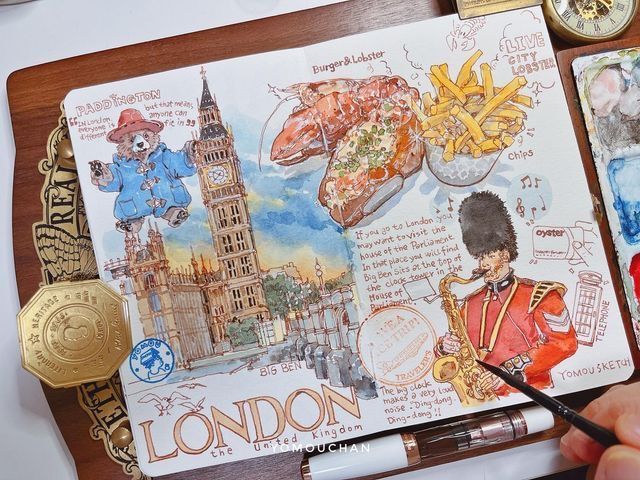
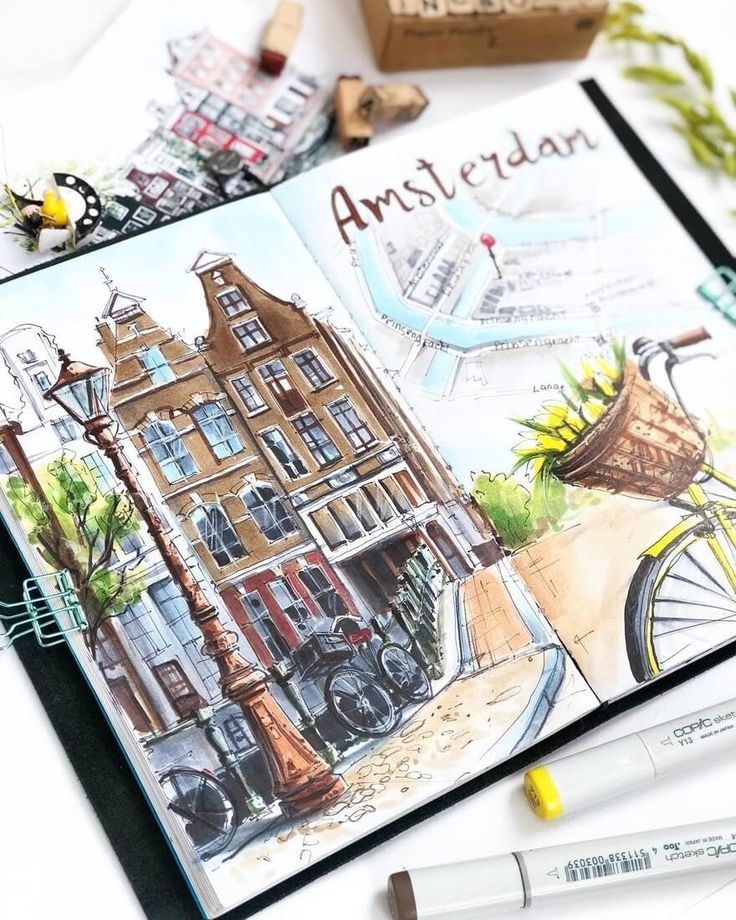
Landmarks are often the most memorable highlights of a trip. Drawing or painting well-known buildings, monuments, or natural sights helps preserve those images beyond a photo. Using quick sketches or detailed drawings can show different moods or weather.
She might include notes about the colors, shapes, or sounds nearby. Adding small elements like pressed leaves or ticket stubs can make the page feel more connected to that place. Sometimes, a map or compass rose adds a creative way to show location.
Documenting Local Food and Culture
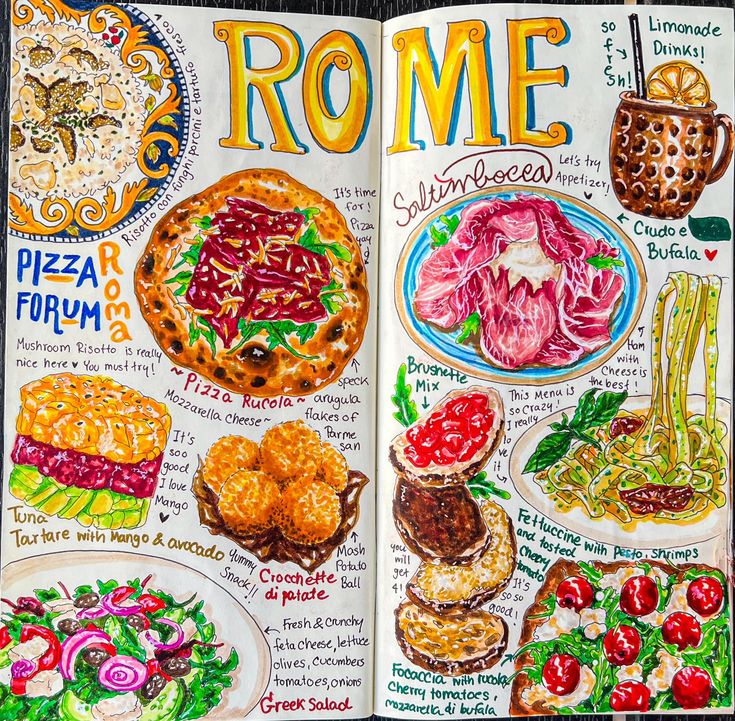
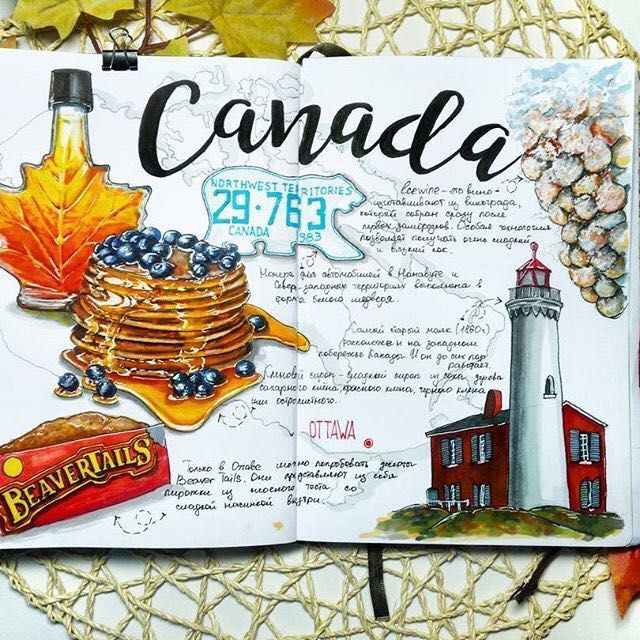
Food is a key part of travel that can spark vivid memories. Writing down favorite dishes, ingredients, and recipes can bring back the tastes long after the trip ends. He could also sketch the meals or menus to add visual interest.
Exploring local markets or festivals offers rich cultural details. Recording smells, textures, or traditional cooking methods adds depth. Small doodles of spices, utensils, or signs give extra life to the journal pages. Keeping receipts, wrappers, or even napkins can add texture.
People and Street Life

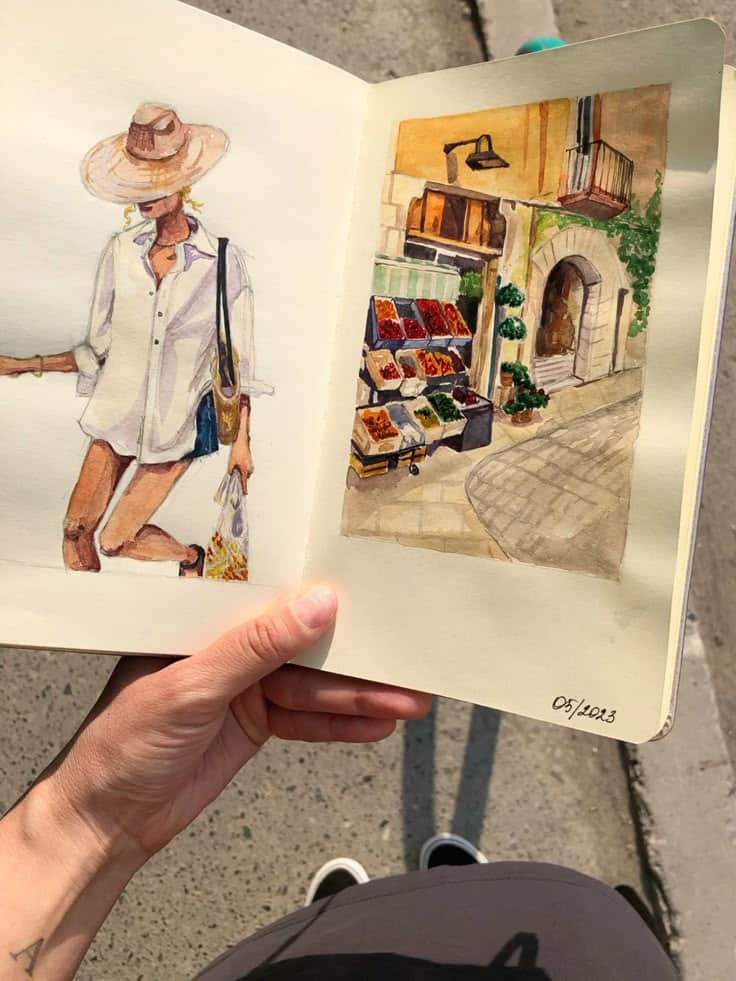
Observing people in daily life provides many stories to tell. Sketching faces, outfits, or street scenes captures the energy of a place. She might write short descriptions of conversations or moments shared with locals.
Street performers, markets, and public spaces are great sources of inspiration. Showing interactions between people or typical routines helps readers feel the vibe. Using quick drawings or notes about voices and gestures preserves the atmosphere. These pages show a more personal side of travel.
Interactive and Personal Touches
Adding small, interactive details and personal items makes a travel art journal more special. These touches help capture memories in a personal way and make the journal fun to explore later.
Adding Maps, Tickets, and Receipts
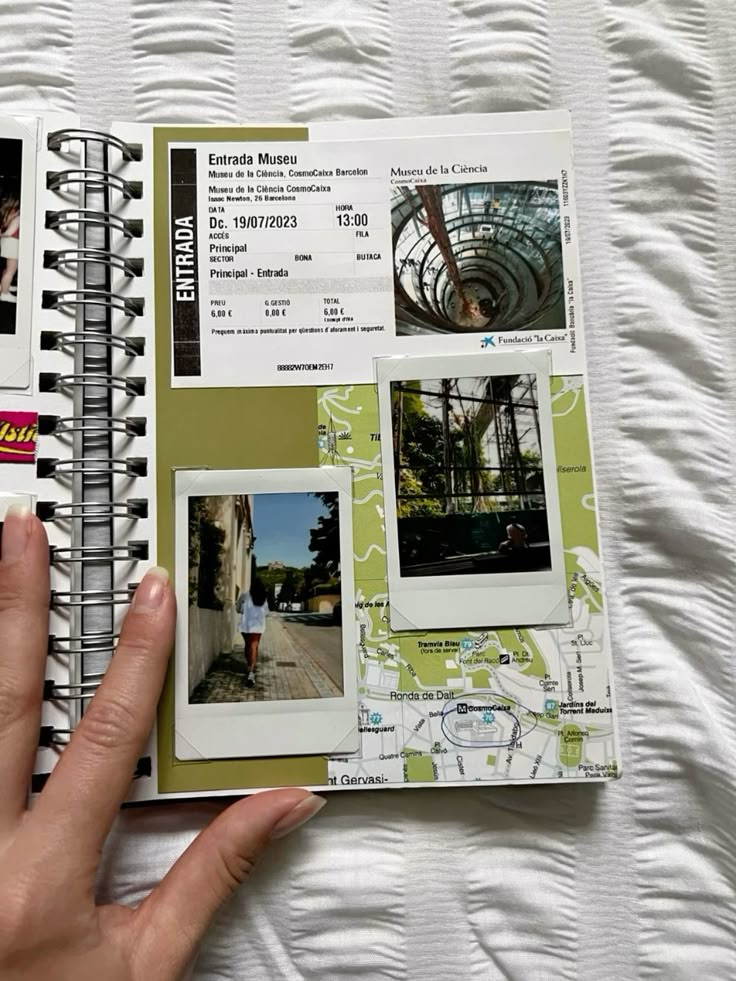
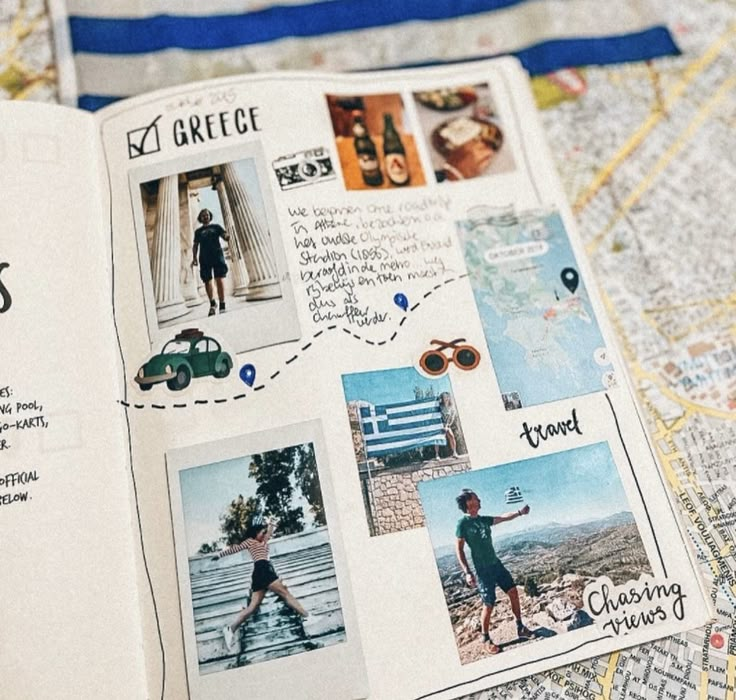
Including maps, tickets, and receipts adds real-world elements to the journal. A torn piece of a city map or a bus ticket can remind travelers exactly where and how they moved around. Receipts from a favorite café or market also bring back small details about the trip.
These items can be glued or taped onto pages. Using clear pockets or washi tape keeps them protected while still visible. Visitors can flip through and remember moments tied to those exact spots or purchases. This kind of memorabilia turns the journal into a rich, layered keepsake.
Incorporating Hand-Lettered Quotes
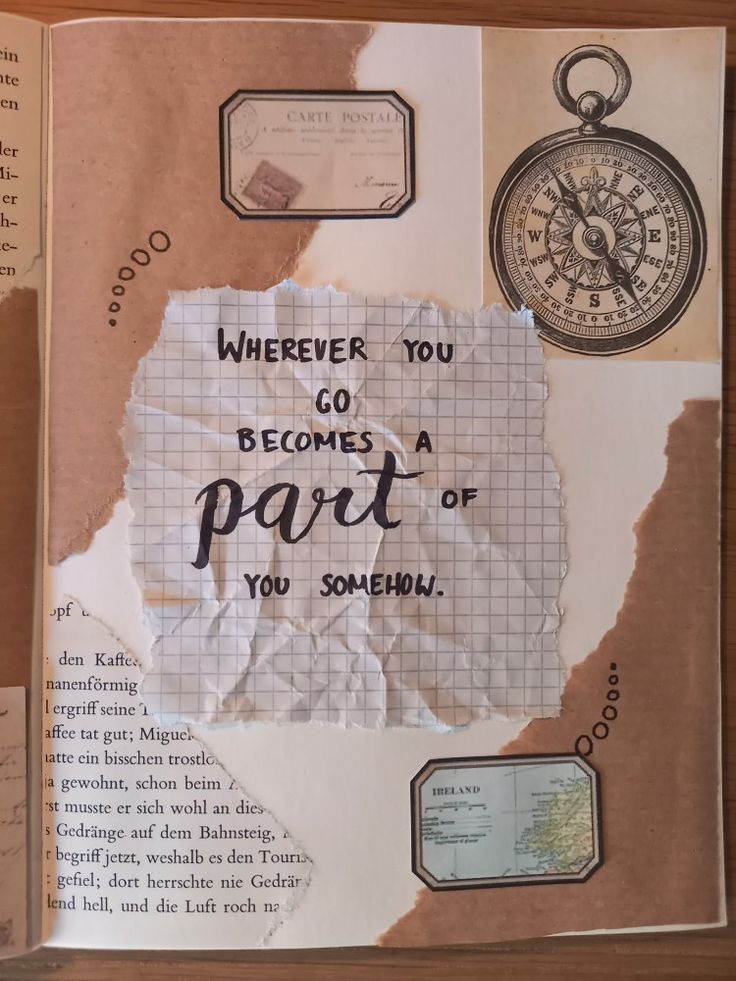
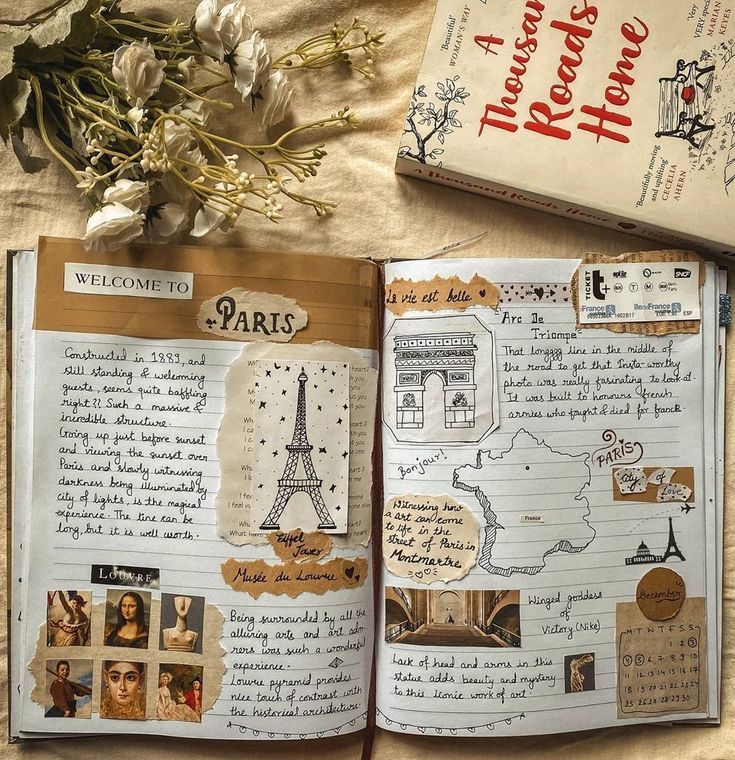
Hand-lettering adds a creative and personal touch to travel journals. Writing a favorite quote, song lyric, or a phrase heard during the trip in a unique style can give pages more emotion and personality.
Using different pens or brush markers makes phrases stand out. Letters can be bold, flowing, or playful depending on the mood the traveler wants to capture. Notes on signs seen or conversations overheard are great sources for these quotes.
Hand-lettered words break up artwork and photos, making the whole page more dynamic and engaging.
Hidden Pockets and Flaps
Hidden pockets and flaps add a fun, interactive layer to the journal. Travelers can tuck small items like postcards, stickers, or notes into these secret spots.
This technique also gives more space for extras without overcrowding pages. Flaps can hold mini timelines, sketches, or quick reflections that stay hidden until lifted.
Using envelopes, folded paper, or creating cut-outs inside pages makes these features easy to add. It invites curiosity and makes flipping through the journal feel like exploring a small treasure box.
Tips for Staying Inspired On the Road
Travel can offer fresh ideas and moments worth capturing, but staying inspired requires some smart strategies. Using simple prompts, handling creative blocks, and building steady habits can help keep the flow going.
Art Prompts for Every Location
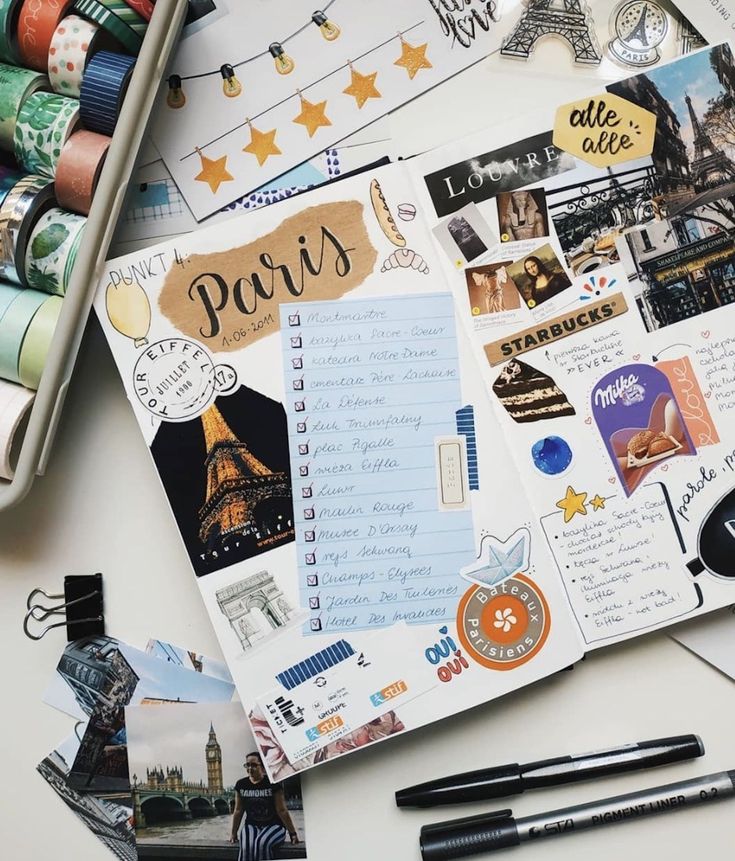
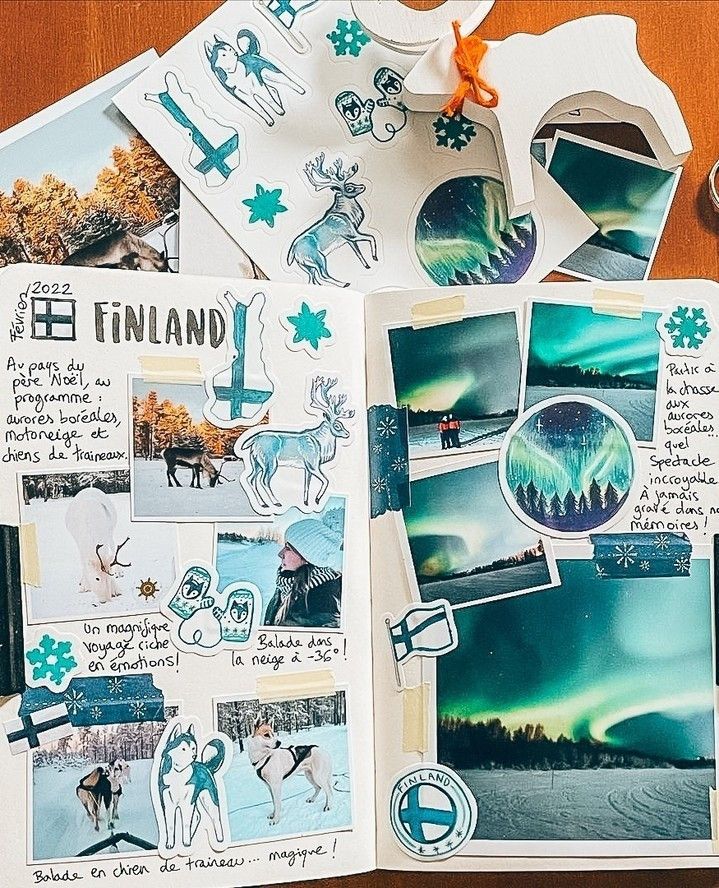
Using specific prompts can make it easier to start a page in a travel art journal. One idea is to sketch a local landmark or a small everyday scene, like a street vendor or a café table.
Another prompt is to focus on textures or colors found in nature or city life. For example, they can gather leaves, petals, or ticket stubs and press or draw them in the journal.
Lists also work well — such as writing down favorite smells, sounds, or foods experienced that day. These small details add richness to drawings and notes.
Overcoming Creative Blocks
Creative blocks are normal during travel, especially when tired or overwhelmed. Changing the medium can help, like switching from drawing to simple doodling or collage.
If stuck, trying short timed exercises works well. For example, a quick 5-minute sketch of something nearby can break the block.
It also helps to step away for a bit. A short walk or new view often sparks fresh ideas.
Reminding themselves that the journal is for fun, not perfection, can reduce pressure, making creativity easier to return.
Maintaining a Consistent Journaling Habit
Keeping a travel art journal updated takes effort but small routines help. Setting a daily or every-other-day goal to spend 10-15 minutes journaling fits many schedules.
Packing a lightweight journal and basic art tools like a pencil, a small watercolor set, and pens makes it easier to journal anytime.
Linking journal time to another activity, such as after a meal or before bed, can turn journaling into a habit rather than a chore.
They should also allow flexibility—if they miss a day, starting fresh next time keeps the habit positive.
- 20shares
- Facebook0
- Pinterest20
- Twitter0


